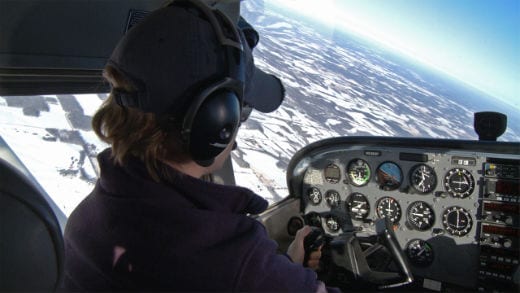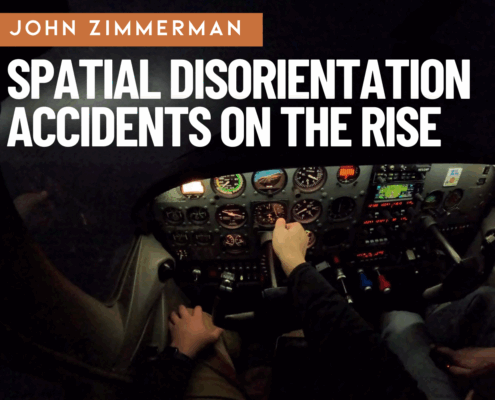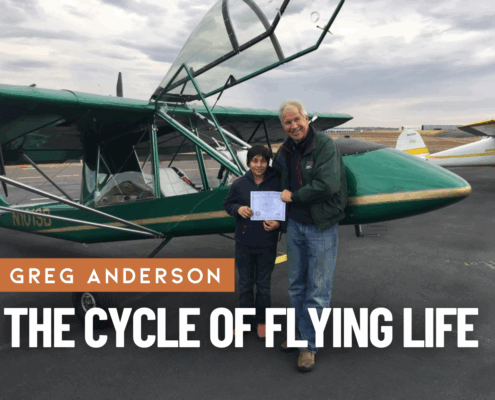 https://media.airfactsjournal.com/wp-content/uploads/2015/04/06172032/AF-AOA-feature.jpg
280
520
Air Facts Staff
https://media.airfactsjournal.com/wp-content/uploads/2024/09/03140241/AF_Logo_24.png
Air Facts Staff2015-04-28 15:02:242021-12-08 15:26:18From the archives: Leighton Collins on angle of attack, 1965
https://media.airfactsjournal.com/wp-content/uploads/2015/04/06172032/AF-AOA-feature.jpg
280
520
Air Facts Staff
https://media.airfactsjournal.com/wp-content/uploads/2024/09/03140241/AF_Logo_24.png
Air Facts Staff2015-04-28 15:02:242021-12-08 15:26:18From the archives: Leighton Collins on angle of attack, 1965NEW ARTICLES
OUR MOST RECENT POSTS
Air Facts was first published in 1938 by Leighton Collins, dedicated to “the development of private air transportation.” It’s a different world now, and it’s a different Air Facts. Relaunched in 2011 as an online journal, Air Facts still champions, educates, informs and entertains pilots worldwide with real-world flying experiences. More…
 https://media.airfactsjournal.com/wp-content/uploads/2015/04/06172032/AF-AOA-feature.jpg
280
520
Air Facts Staff
https://media.airfactsjournal.com/wp-content/uploads/2024/09/03140241/AF_Logo_24.png
Air Facts Staff2015-04-28 15:02:242021-12-08 15:26:18From the archives: Leighton Collins on angle of attack, 1965
https://media.airfactsjournal.com/wp-content/uploads/2015/04/06172032/AF-AOA-feature.jpg
280
520
Air Facts Staff
https://media.airfactsjournal.com/wp-content/uploads/2024/09/03140241/AF_Logo_24.png
Air Facts Staff2015-04-28 15:02:242021-12-08 15:26:18From the archives: Leighton Collins on angle of attack, 1965
The three keys to flying safely
Dick's blogIn this important new article, Richard Collins sums up over 50 years of aviation safety writing with three key concepts - "the things that a pilot really needs to know to stay alive." It turns out safe flying has a lot more to do with mindset than fancy maneuvers.

All runways are the same (sort of)
TechniqueThe biggest problem I used to have as a pilot was landing at different airports. I used to say, “I hate this airport; the runways are different…” Strange but I never have problems parking my car in a different lot, with spaces that face a different direction than my normal office lot. I still have to put the car in the middle and pointed straight!

The most important person at your airport
OpinionNo, it's not the control tower operator, it's not the person who mows the grass, and it's not the person who plows the snow - it's an AOG (aircraft on the ground) transient. Sporty's Founder Hal Shevers explains why.

Debate: do electronic stability systems improve safety?
DebateMore and more airplanes are being equipped with Electronic Stability systems, which monitor the pilot's performance at all times and gently nudge the controls back towards stable flight. Will such systems improve safety, or are they merely the latest gadget?

Why off-field landing #61 was different from the other 60
I was thereWe decided to explore, so Christian aimed the bird north, easing in the power to climb above the wave’s rotor. And then the world came unglued! The engine burst into roaring chaos, with hideous vibration, which had the shock mounted instrument panel in a blur.
John’s Blog

Why are spatial disorientation accidents on the rise?
John's blogResearchers from the FAA show that SD accidents have not declined since 2003—in fact, quite the opposite. You might assume the widespread adoption of tools like datalink weather, modern autopilots, reliable AHRS, and electronic flight bag apps would make VFR-into-IMC (the classic SD accident scenario) much less common. It’s a great theory, but the numbers don’t support it.

The aviation community is alive and well
John's blogBefore the expletive could even leave my mouth, one of the FBO employees offered to lend me the crew car. I assumed the crew car option would be impossible, or at least impossibly bad manners, since the round trip would be nearly two hours and the FBO was closing soon. But he wouldn’t hear it: “take all the time you need and just drop the keys off with the night security guard. We appreciate your business.”

The Starlink era is here—will we regret it?
John's blogThis promises to be a major advancement in cockpit technology, with benefits for pilots and passengers alike. But before diving headfirst into the Starlink pool, it would be wise to pause for just a moment and contemplate what we might lose. Don’t worry, I’m no Luddite and I’m not here to scare anyone away from an exciting new gadget. I am, however, an observer with enough experience to have seen technological breakthroughs bring unintended consequences. I fear that may happen here.
I Can’t Believe I Did That

A Quarter Tank and a Prayer
I Can't Believe I Did ThatI was watching the fuel gauges drop before my eyes. I elected to continue to ECG rather than turn back. I was on a direct course. The Norfolk controller wished me luck—not the most reassuring sign—and handed me off to ECG Tower, who had already been briefed.

Trial by Ice
I Can't Believe I Did That, I was thereThe most valuable lesson I learned from the “School of Hard Knocks” had nothing to do with weather or instrument flying. The “trial by ice” was a lesson in the awesome responsibility that comes from occupying the left seat of an airplane, regardless of its size. It also taught me to recognize those rare and unusual emergency situations when going by the book is not safe, and when deviating from standard operating procedures or the Federal Air Regulations is not only warranted, but imperative.

I Am UNSAFE Checklist—Lessons Learned on a Fateful Night
I Can't Believe I Did ThatVery soon I was on the approach and thought I could still make 06C. The ATIS called out the overcast at 800’ AGL, the minimum I needed (mistake #5—not mine, but it counted anyway.) I held at 800’, assuming I’d see the runway lights below me and then I could continue to 06C. As I crossed the runway threshold, it was solid IMC and I had to go missed. I asked the Tower what the current ceiling was, and the response was that the ATIS was old and the ceiling was actually 400’ and you’ll have to go around.
Opinion

The Cycle of Flying Life
OpinionMemories of first flights will include astonishing detail. That first transition—from wheels to wings—is a sensory overload, an oh-my-gosh experience. Most will remember where, when, and what type airplane. Sights, sounds, even smells. And, of course, special thoughts are reserved for the pilot who gave them their first flight.

Chain of Trust
OpinionIf there is one aspect of general aviation I’ve learned over my relatively short stint aloft, it’s that the safety of any flight is not just dependent solely on the decisions I make, but also on the ones others have made for me—without my knowledge or even consent. In fact, all of general aviation relies on an implicit chain of trust that, when broken, can and does result in dire consequences.

The Choice to Fly
OpinionNow we were nose-down, spinning, and rapidly losing altitude. The earth swirled in the windshield, the tall pines below getting closer. I don’t remember how many turns we made, but somewhere between the second one and the top of those trees, he cut the power and stopped the rotation. We were still descending fast. Sweat poured down my face, driven by the sudden surge of fear, my novice brain gripped by self-preservation.
More Articles
Recent Posts
Email newsletter
Write for us!
Did you know that most of the articles at Air Facts are written by readers like you? You do not have to be Richard Collins or Ernest Gann – simply a GA pilot with a story you’d share with friends sitting in the hangar.

